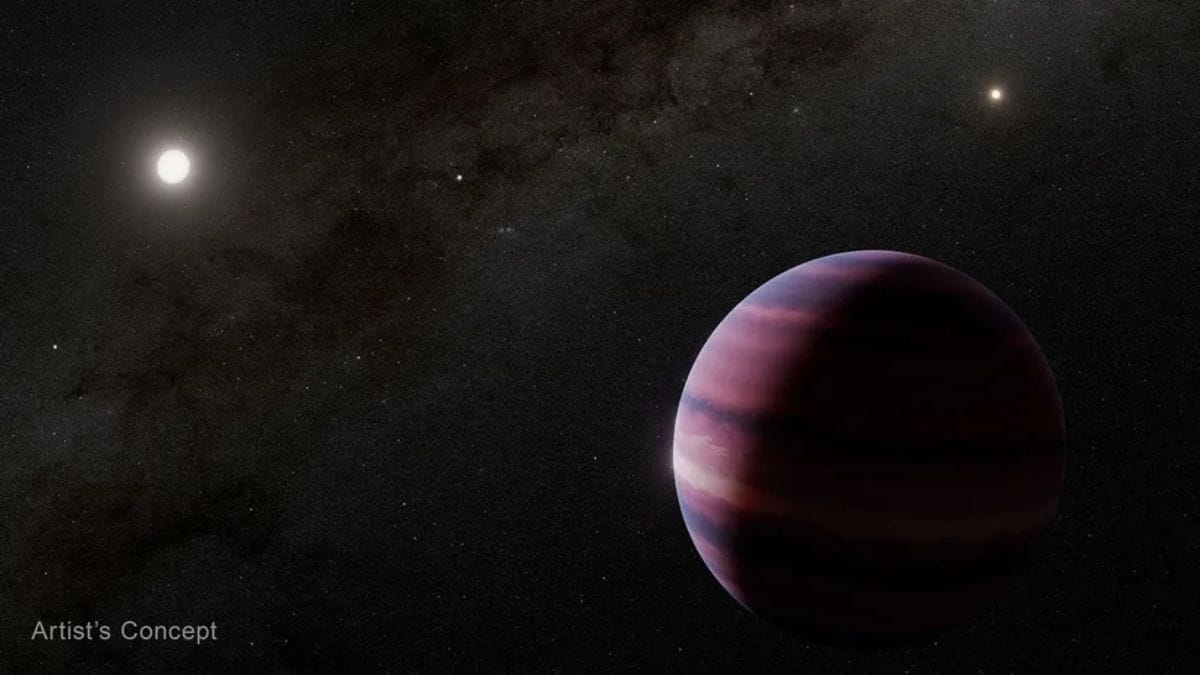
New observational proof from the James Webb House Telescope (JWST), which has but to launch, might change that. JWST astronomers have discovered tantalising hints of an orbiting fuel big round Alpha Centauri A, the closest Solar-like star to us. Situated simply 4 light-years away within the Alpha Centauri triple-star system, the potential planet sits inside the star’s liveable zone — the area the place liquid water might exist — however its fuel big nature makes it inhospitable to life. Even so, its location and distinctiveness make the detection among the many most fascinating detections in exoplanetary exploration prior.
JWST Unveils Doable Closest Solar-Like Star Exoplanet, Awaiting Affirmation
In accordance with a NASA report, this was achieved with the JWST Mid-Infrared Instrument (MIRI) utilizing a coronagraphic masks to dam out stellar glare. This technique caught sight of an object which is nearly 10,000 occasions fainter than Alpha Centauri A and at a separation of round two astronomical models. If upheld, it could be the closest exoplanet to an identical being ever pictured and, furthermore, the primary wholesome globe found in direct significance.
Researchers noted that whereas Alpha Centauri already hosts two confirmed planets across the pink dwarf Proxima Centauri, no planet has but been confirmed round Alpha Centauri A. Observe-up JWST observations didn’t seize the planet once more, presumably as a result of it was too near the star throughout the imaging. Pc simulations help this risk.
The workforce desires to search for extra proof utilizing each JWST and the yet-to-be-launched Nancy Grace Roman House Telescope, due in Might 2027. Affirmation would signify a watershed second in planetary system science, the place astronomers are wanting into embryonic photo voltaic programs round different stars.
Researchers stated the potential planet’s existence in such a dynamic binary star system might problem present fashions of planetary formation and survival. Two papers detailing the findings have been accepted for publication in The Astrophysical Journal Letters.
